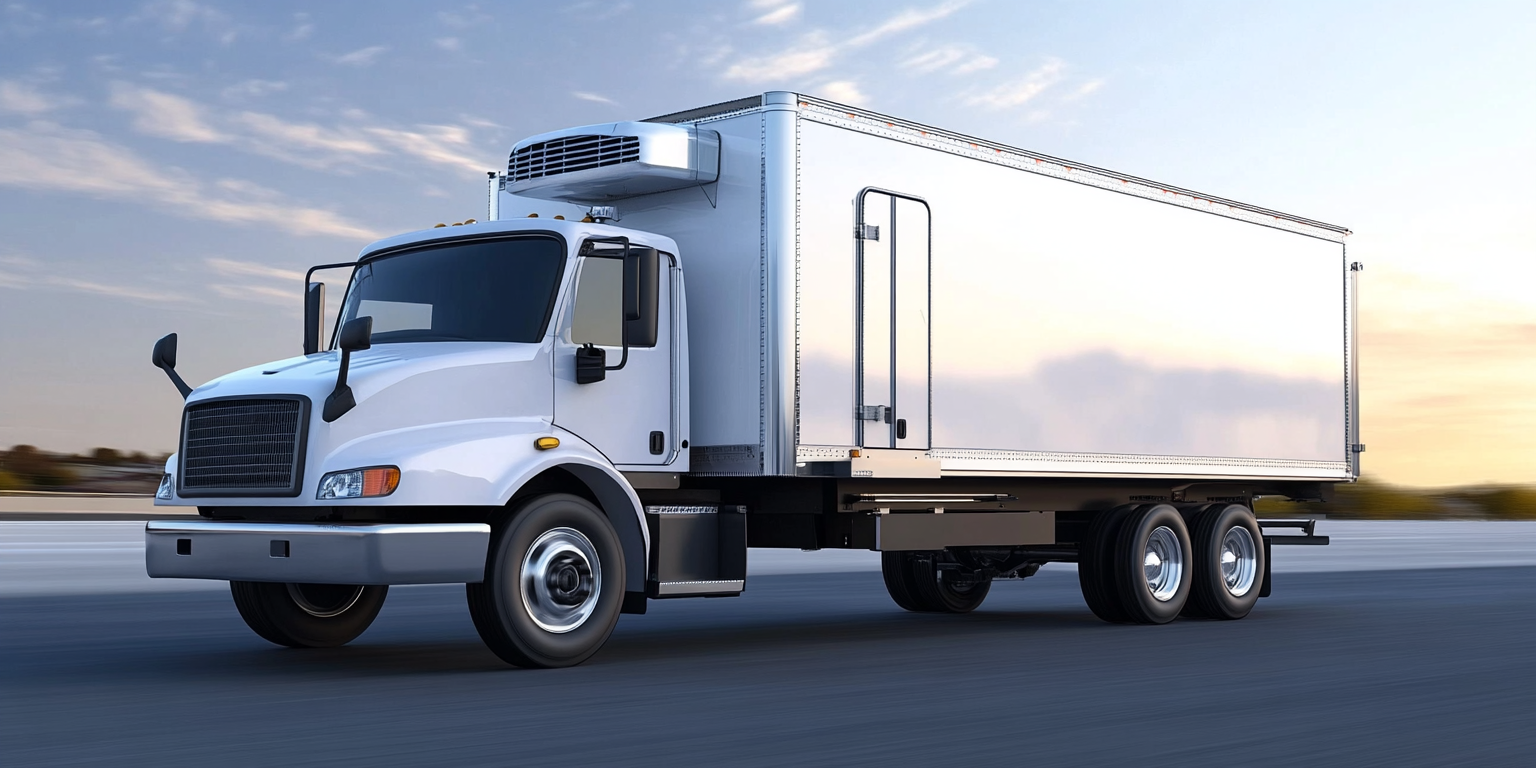Wondering Where to Buy OEM Ford Parts?
What Are OEM Ford Parts?

BACK TO BLOG
Fleets that rely on refrigerated trucks in California are catching a temporary break. The California Air Resources Board’s (CARB) push toward zero-emission transport refrigeration units (TRUs) has hit pause—at least in part. The U.S. Environmental Protection Agency (EPA) has declined to grant a waiver for the most aggressive portion of CARB’s 2022 rule: the mandatory transition to zero-emission TRUs (ZETRUs) on trucks. This means fleets will not yet be required to convert 15% of their diesel-powered truck TRUs to ZETRU starting in 2023.
For logistics companies operating in California, especially those dependent on temperature-controlled transportation, this delay brings temporary relief from a regulation many argue is ahead of its time. While other elements of the TRU Airborne Toxic Control Measure will proceed—including tighter emissions standards for non-truck TRUs, low-GWP refrigerant mandates, and expanded facility reporting requirements—truck TRU owners will not be required to start their transition to zero-emission units.
CARB's June 2025 update clarified that diesel-fueled truck TRUs can still be sold and operated, as long as they meet key emissions and refrigerant guidelines. Specifically, TRUs must use refrigerants with a Global Warming Potential of 2,200 or less, or none at all. Registration and reporting requirements in CARB’s ARBER system remain mandatory for all TRUs operating in California, regardless of origin.
Notably, TRU operating fees introduced in the 2022 amendments are not currently being collected due to a trial court decision in December 2023.
One of the biggest reasons the zero-emission mandate is on hold is that ZETRU technology is not yet widely available or cost-effective, especially for small and mid-size fleets. The North American Council for Freight Efficiency found major challenges including high initial costs, battery size and weight, charging infrastructure limitations, and operational tradeoffs.
The American Trucking Associations and the California Trucking Association echoed those concerns, noting that fleets are being forced to request compliance extensions due to the limited availability of eTRUs. In their joint EPA filing, the associations warned that while they support emissions-reduction efforts, “the ZETRU requirements are ahead of the technology.”
The impact is particularly acute for smaller operations, with one fleet operator noting that compliance would double or triple lease payments, reduce payload capacity due to battery weight, and impose charging infrastructure challenges. Their utility provider, Pacific Gas & Electric, even stated their facility might not support the additional power needs.
Some fleet operators claim that many TRUs in service today are still relatively new and experiencing issues even with current emissions-compliant systems. They voiced concern over potential perishables spoilage if reliable charging infrastructure isn’t available—and called for a delay in the regulation until the technology matures.
CARB is already working on its next TRU rulemaking aimed at increasing ZETRU adoption across all categories. Details and timelines are still under development, but fleets should anticipate renewed regulatory pressure in the coming years.
For now, trucking companies in California can continue operating diesel-powered TRUs under current guidelines—but the writing is on the wall. Planning ahead for infrastructure, budgeting, and future equipment upgrades will be essential to stay competitive and compliant in this evolving regulatory environment.